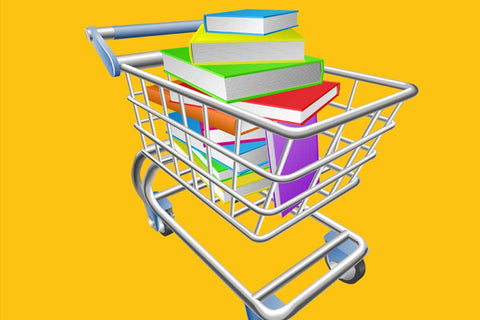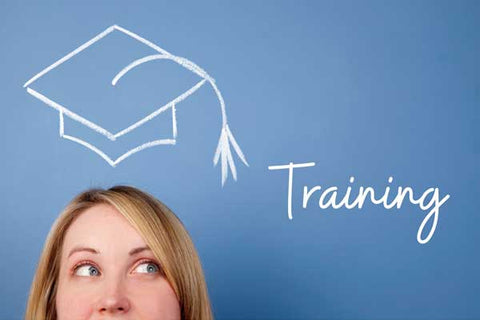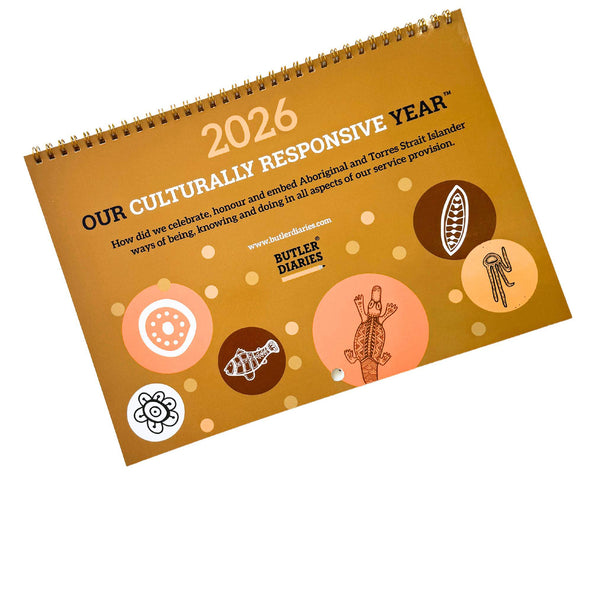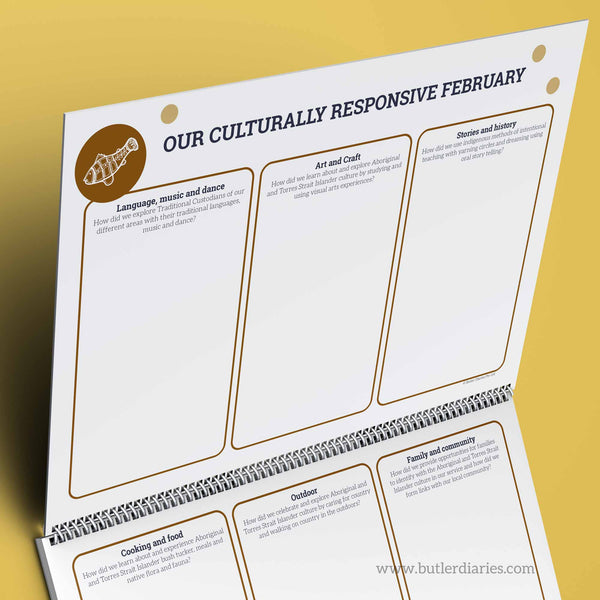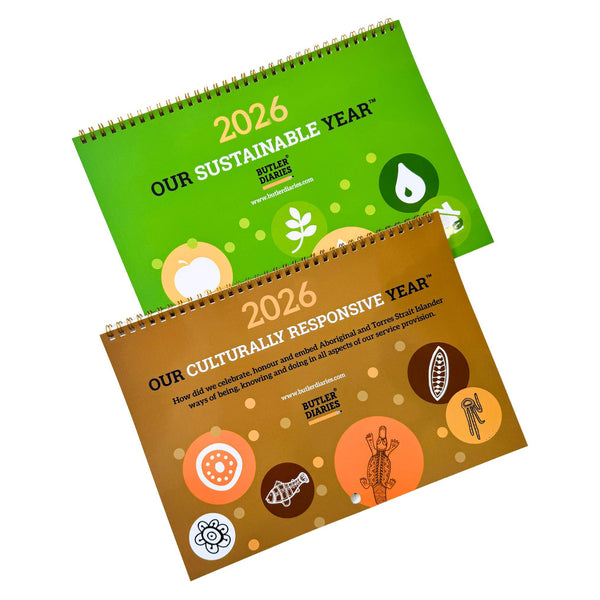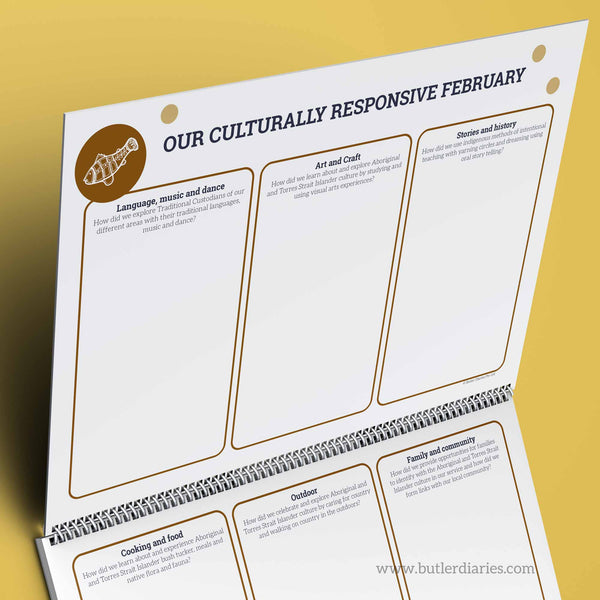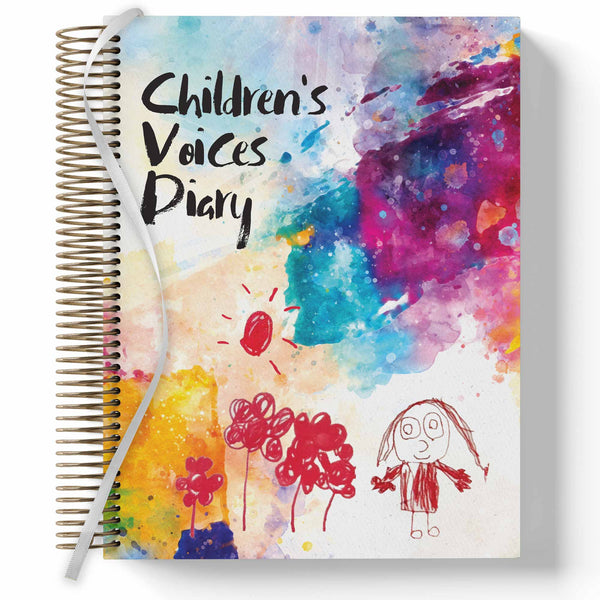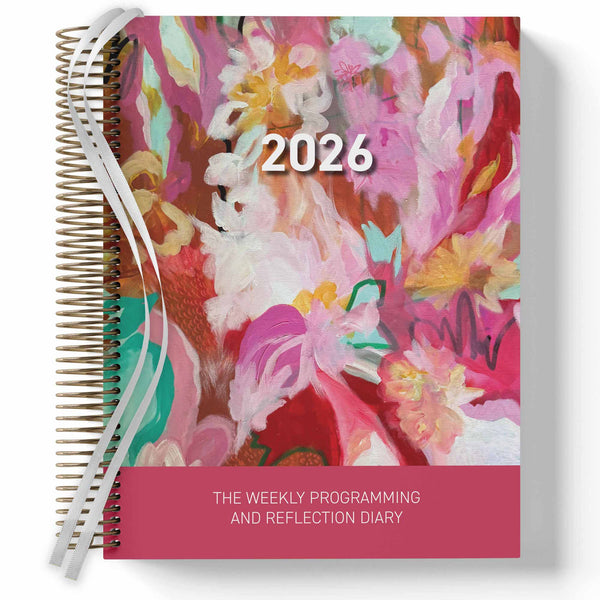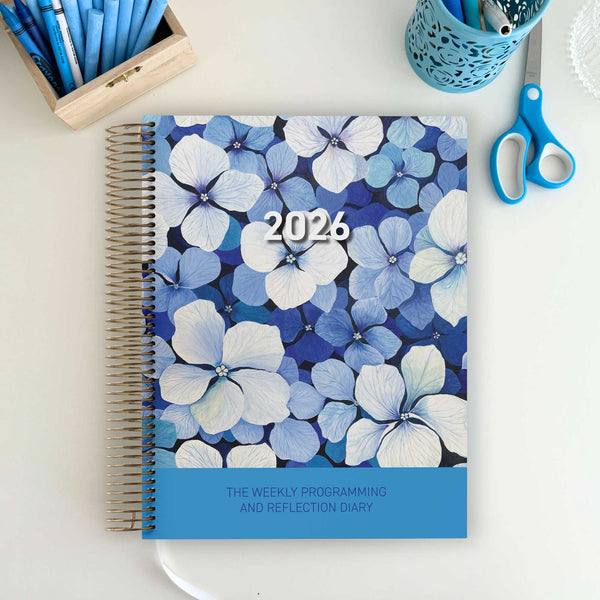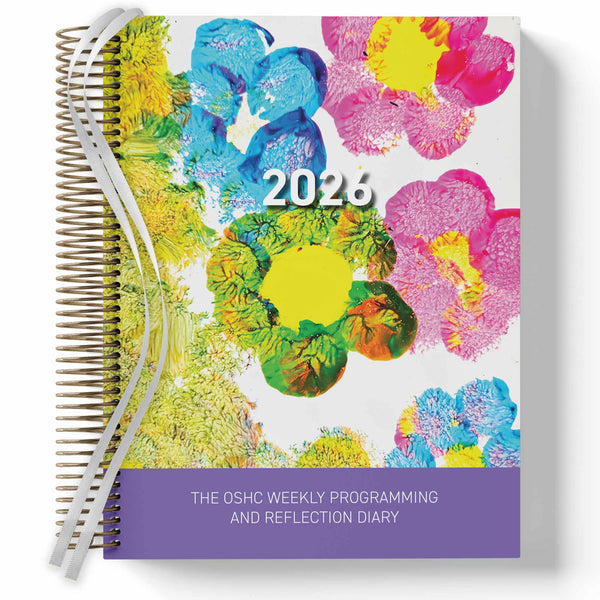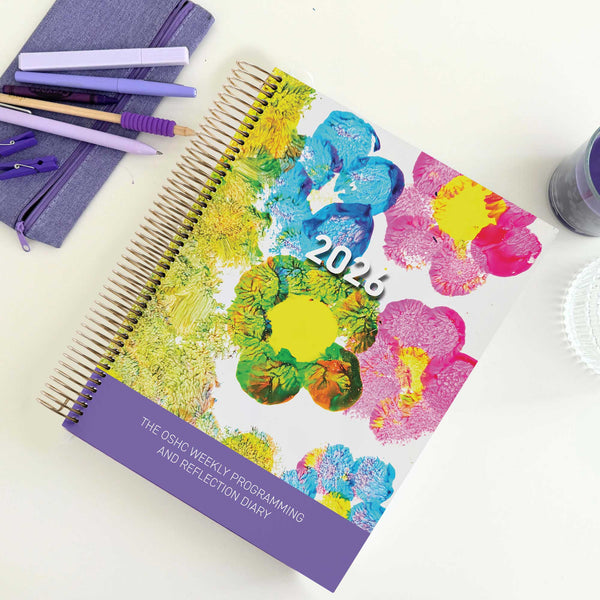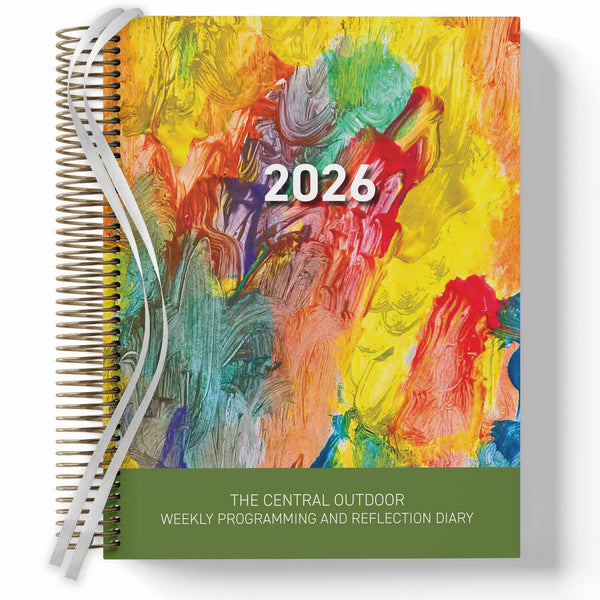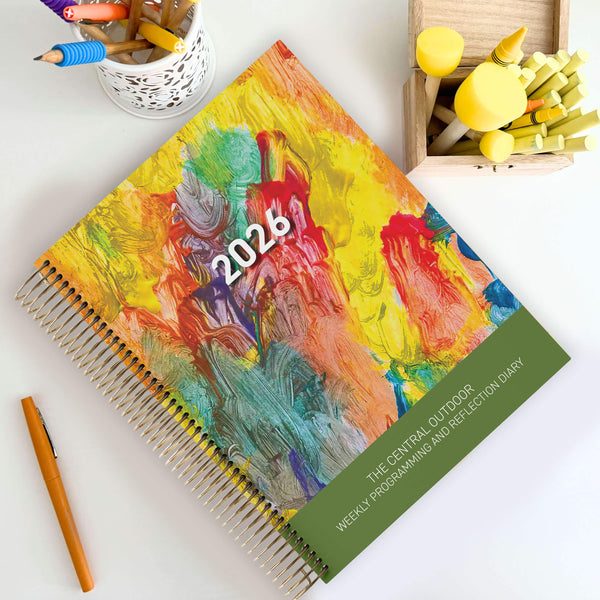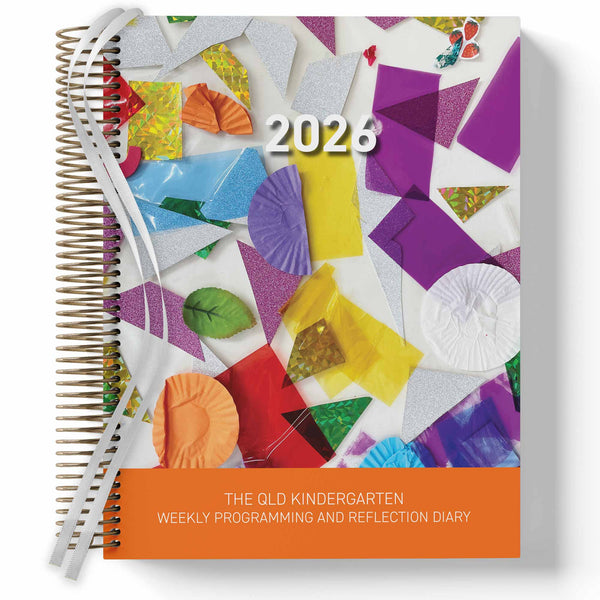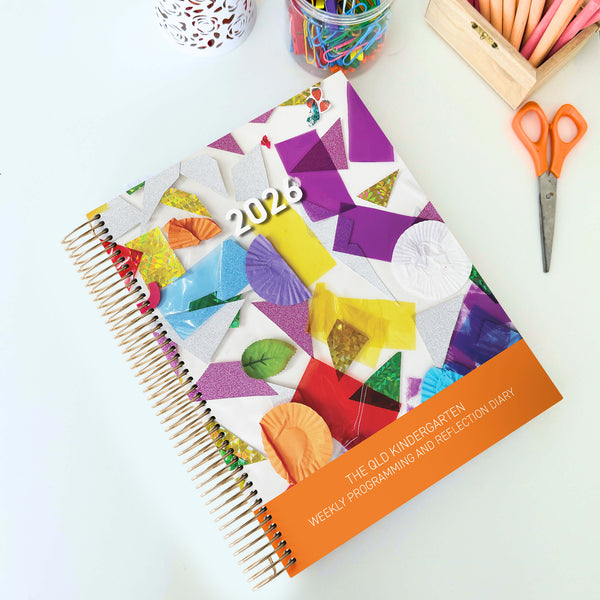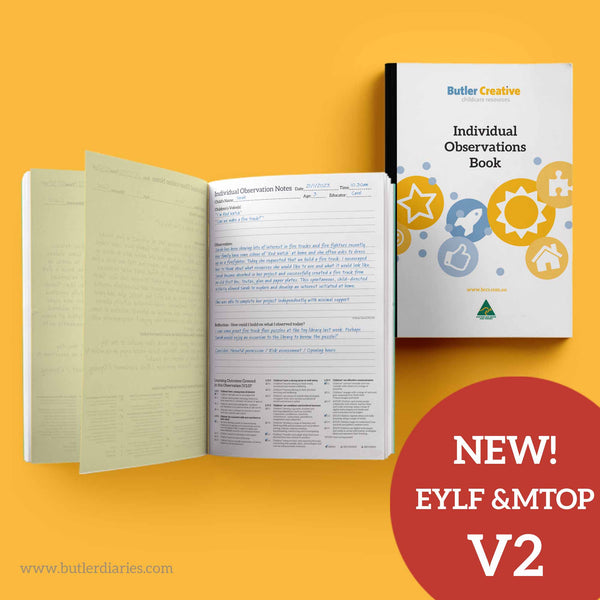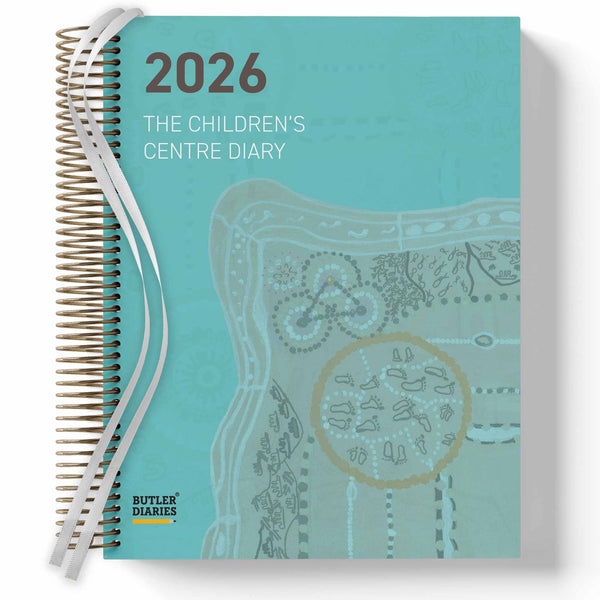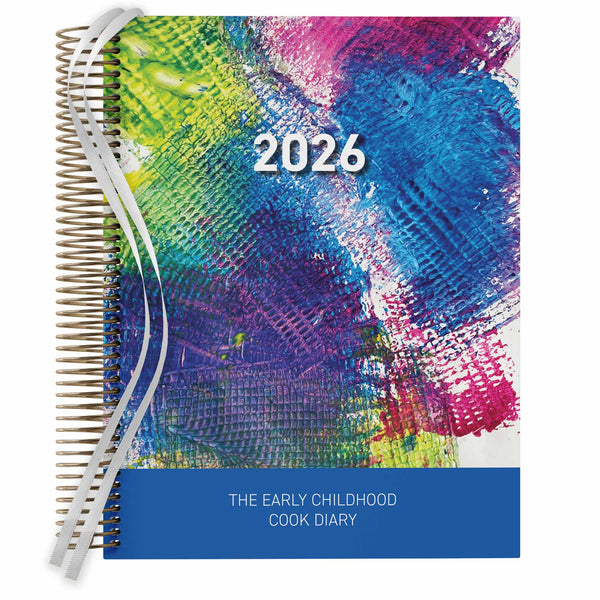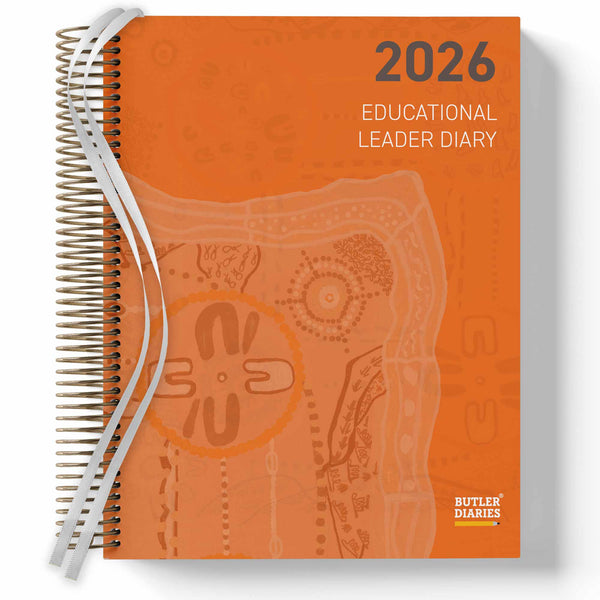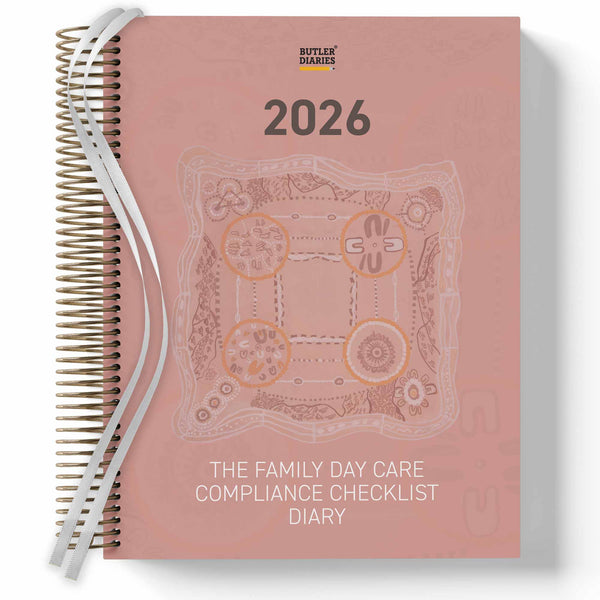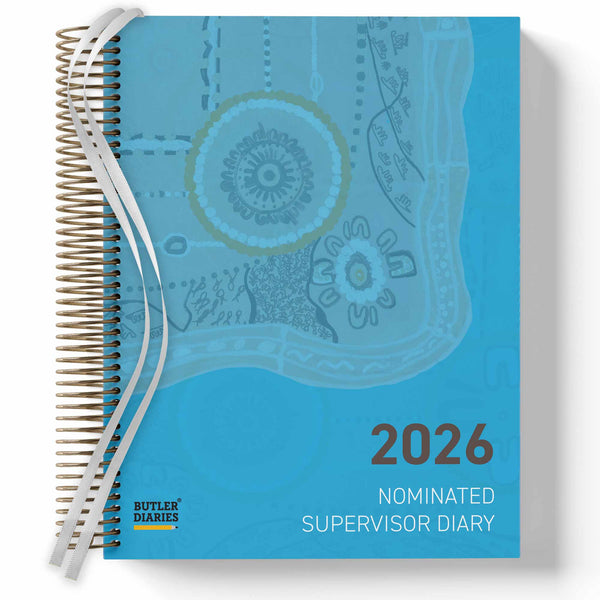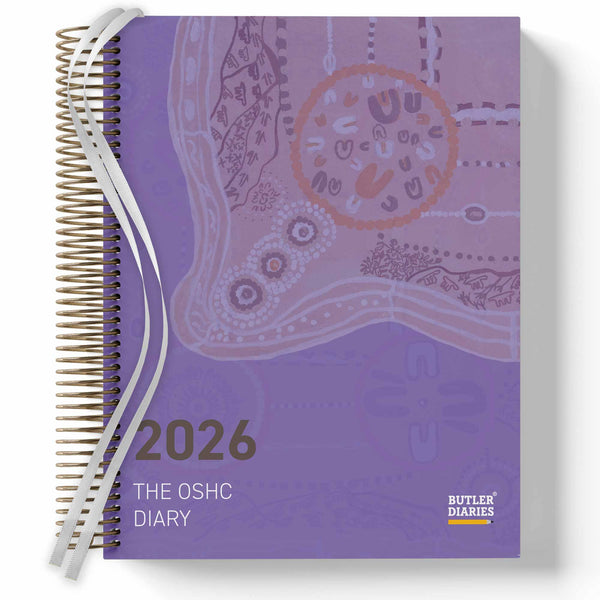Cultural responsiveness is more than a buzzword in Early Childhood Education and Care; it’s a core principle under EYLF v.2.0. While many educators understand the importance of celebrating diversity, the practical application often feels vague or tokenistic.
So, what does it really mean to be culturally responsive?
1. Move Beyond Celebrations
Celebrating Diwali, NAIDOC Week, or Chinese New Year is a wonderful start, but cultural responsiveness must go further. It means embedding cultural perspectives into everyday routines, storytelling, conversations, and learning environments—not just during significant events.
If you've looked at the list of special days in the front of your Weekly Programming and Reflection Diary and critically reflected on which days you'd like to celebrate... your next step is to look at how you've been exploring and embedding this culture into your program before and after this celebration.
- Are there examples of various routines throughout the day?
- Are your learning environments reflecting different perspectives?
- Are your resources genuine rather than tokenistic?
These are some questions you can tackle or record in the extension 'cultural responsiveness' column in your Weekly Programming and Reflection Diary. You can also use your Cultural Responsive Calendar to show how cultural responsiveness is embedded beyond special day celebrations.
2. Acknowledge Every Child’s Identity
Create inclusive environments that reflect the cultural backgrounds of all children in your care. This could include:
- Books and resources in multiple languages
- Visuals that reflect family structures and cultural attire
- Including home languages in greetings, songs, and daily routines
Make sure every child is reflected throughout your room and resources in ways that are responsive to that culture and child. This is a great opportunity to reach out to the family for support and suggestions.
3. Seek and Value Family Voice
Culturally responsive educators partner with families. Invite families to contribute ideas, artefacts, or experiences. Use your Diary or communication tools to gather this input meaningfully. Ask:
- What traditions are important to your family?
- Are there songs, stories or practices you’d like to share with our group?
- Am I authentically applying the families voice?
Continuous reflection with families will ensure you are embedding their input authentically.
4. Reflect on Your Own Practice
Self-awareness is key. Regular critical reflection helps identify unconscious biases and ensures you’re fostering genuine inclusion. Questions you might ask include:
- Whose voices are being heard most?
- How do I respond when I encounter practices different from my own?
- Am I making assumptions about a family’s culture or lifestyle?
These are the kinds of questions you should ask yourself when reflecting on your program in your reflection spread of your Weekly Programming and Reflection Diary.
5. Include First Nations Perspectives Authentically
Avoid tokenism by embedding First Nations perspectives meaningfully. Acknowledge Country daily, include Dreaming stories with context and respect, and reflect on how land, language, and connection shape Indigenous ways of knowing.
Invite First Nations Peoples into the Service to share insights and help reflect as a Service.
Butler Diaries: Supporting Culturally Responsive Practice
Our Weekly Programming and Reflection Diary paired with the Cultural Responsive Calendar is designed to prompt Educators and support a program aligned with cultural responsiveness, diversity, and inclusion. With prompts that connect directly to EYLF v.2.0 and the Principles of Respect for Diversity and Secure, Respectful Relationships, it’s a practical companion for deepening your practice.
Cultural responsiveness is not about perfection—it’s about intention, openness, and daily actions that affirm and celebrate every child’s identity.
